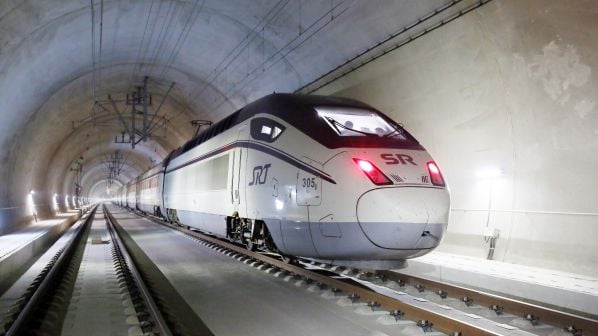Hyundai was awarded an exclusive contract in March to produce all of the rolling stock for the line, with an initial order for 120 cars forming 15 eight-car trains.
The GTX A line runs from Unjeong Station in Paju, northern Gyeonggi Province, through Seoul, to the terminus at Dongtan station in Hwaseong City, southern Gyeonggi.
The cars for the latest order will be manufactured at Hyundai’s factory in Changwon, Korea. The partially-underground line, which will run at depths of up to 40m, will use reduced curvature to maintain higher speeds.
The trains will have a top speed of 180km/h with capacity for 1090 passengers. Hyundai says that it expects to be awarded contracts to supply the fleets for the future GTX lines, based on its national and international experience.
The GTX A line is divided into two sections. The first 42.6km, Won 2.701 trillion section from Paju to Samseong station in southern Seoul is being built by a private consortium led by SG Rail under a Build-Transfer-Operate (BTO) contract.
The 37.9km southern section from Samseong to Dongtan is being built by the KRNA on behalf of Ministry of Land, Infrastructure and Transport (Molit). The cost for this phase of the project has increased by Won 111.9bn, from the initial estimate of Won 1.857 trillion. The line will share a section of track with the Supreme Railway (SRT) high-speed services, and also involves the construction of Yongin and Seongnam station.
While the Samseong - Dongtan section was originally scheduled to open in 2021, two years ahead of the rest of the line, this has been moved back to 2023. However, it may still open first if construction is finished earlier.
Additional doubt has been cast on whether the full line can open in 2023 after it was revealed that the rolling stock would not be delivered until 2024. Molit admitted that while the delivery date was mid-2024, the first prototypes are due to be delivered in mid-2023, which may allow the line to open sooner.
For detailed data on fleet orders, subscribe to IRJ Pro.

